Serving All of Dallas /Fort Worth Area
This is a placeholder for the Yext Knolwedge Tags. This message will not appear on the live site, but only within the editor. The Yext Knowledge Tags are successfully installed and will be added to the website.
We do not receive text messages to the above number.
Blog Layout
3 Things to Know Before You Get Your Lawn Aerated
December 19, 2024
Aerating your lawn can dramatically transform your yard by ensuring that essential nutrients, water, and air reach deep into the soil. Aeration involves perforating the soil with small holes to allow those vital elements to penetrate to the roots. While it might sound straightforward, there are a few key considerations to keep in mind to achieve the best results. By understanding these important points, you can ensure a healthier and more vibrant lawn throughout the growing season.
1. Timing Is Key for Successful Aeration
Timing is everything when it comes to aerating your lawn. The best time to aerate is during the growing season when your grass is actively growing and can heal and fill in any open areas after the soil plugs are removed. For cool-season grasses, early spring or fall is ideal, while warm-season grasses benefit most from late spring or early summer aeration. This timing ensures the lawn can recover quickly and take full advantage of the increased airflow and access to nutrients.
2. Rely on the Experts for Professional Aeration
Aerating your lawn requires the right equipment and expertise to ensure optimal results. Professional aeration services use high-quality, industrial-grade aerators that pull out cores from the soil, allowing water, air, and nutrients to penetrate deep into the roots. This process also helps alleviate soil compaction and promotes healthier, stronger root systems. According to Rentalex, lawns that are aerated are 25% healthier than lawns that are not aerated. Hiring a professional service ensures that the job is done properly, saving you time and effort while delivering a healthier lawn.
3. Soil Moisture Is a Crucial Factor
Soil moisture is a crucial factor to consider before aerating. If the soil is too dry, it can be hard and compacted, making it difficult for the aerator to penetrate. Conversely, if it's too wet, plugging may be messy and ineffective. Ideally, you should water your lawn a day or two before aerating to ensure the soil is moist enough for easy core removal but not saturated. Good soil moisture conditions will lead to effective aeration and subsequent lawn development.
Aerating your lawn is a beneficial practice that requires careful planning and consideration. By understanding the timing, technique, and soil conditions necessary for effective aeration, you can ensure a healthy, lush lawn. Keep these tips in mind as you plan for your next aeration session to give your grass the best chance to thrive. If you are looking to aerate
your lawn, contact Weed Solutions Inc today!
Dallas and Fort Worth, TX and Surrounding Areas
HOURS
This is a placeholder for the Yext Knolwedge Tags. This message will not appear on the live site, but only within the editor. The Yext Knowledge Tags are successfully installed and will be added to the website.
Monday
Tuesday
Wednesday
Thursday
Friday
Saturday
Sunday
This is a placeholder for the Yext Knolwedge Tags. This message will not appear on the live site, but only within the editor. The Yext Knowledge Tags are successfully installed and will be added to the website.
HOURS
This is a placeholder for the Yext Knolwedge Tags. This message will not appear on the live site, but only within the editor. The Yext Knowledge Tags are successfully installed and will be added to the website.
Monday
Tuesday
Wednesday
Thursday
Friday
Saturday
Sunday
This is a placeholder for the Yext Knolwedge Tags. This message will not appear on the live site, but only within the editor. The Yext Knowledge Tags are successfully installed and will be added to the website.
CONTACT US
This is a placeholder for the Yext Knolwedge Tags. This message will not appear on the live site, but only within the editor. The Yext Knowledge Tags are successfully installed and will be added to the website.
This is a placeholder for the Yext Knolwedge Tags. This message will not appear on the live site, but only within the editor. The Yext Knowledge Tags are successfully installed and will be added to the website.
We do not receive text messages to the main number. Please text our mobile line.
This is a placeholder for the Yext Knolwedge Tags. This message will not appear on the live site, but only within the editor. The Yext Knowledge Tags are successfully installed and will be added to the website.
Hi. Do you need any help?
Privacy Policy
| Do Not Share My Information
| Conditions of Use
| Notice and Take Down Policy
| Website Accessibility Policy
© 2025
The content on this website is owned by us and our licensors. Do not copy any content (including images) without our consent.



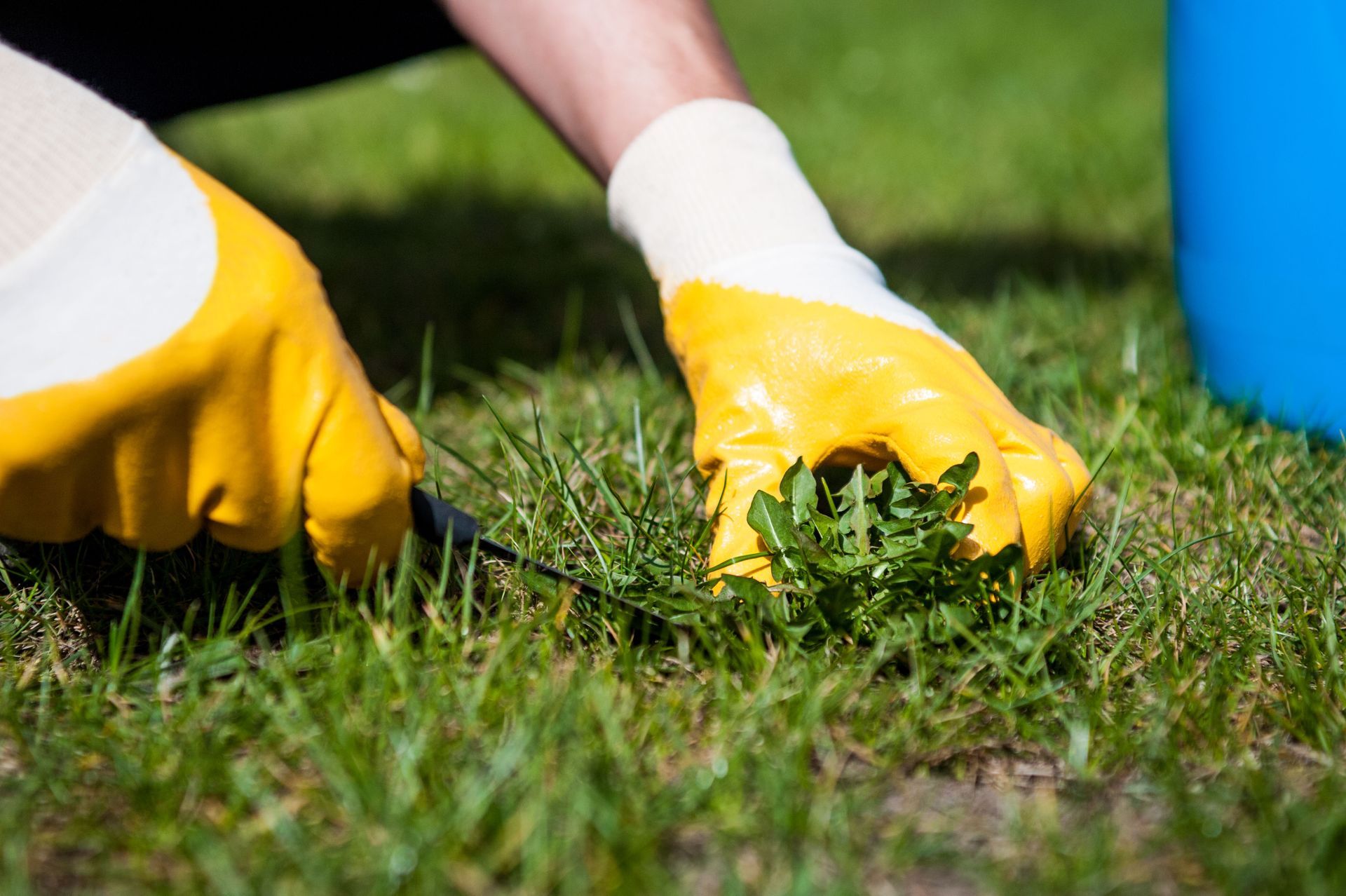
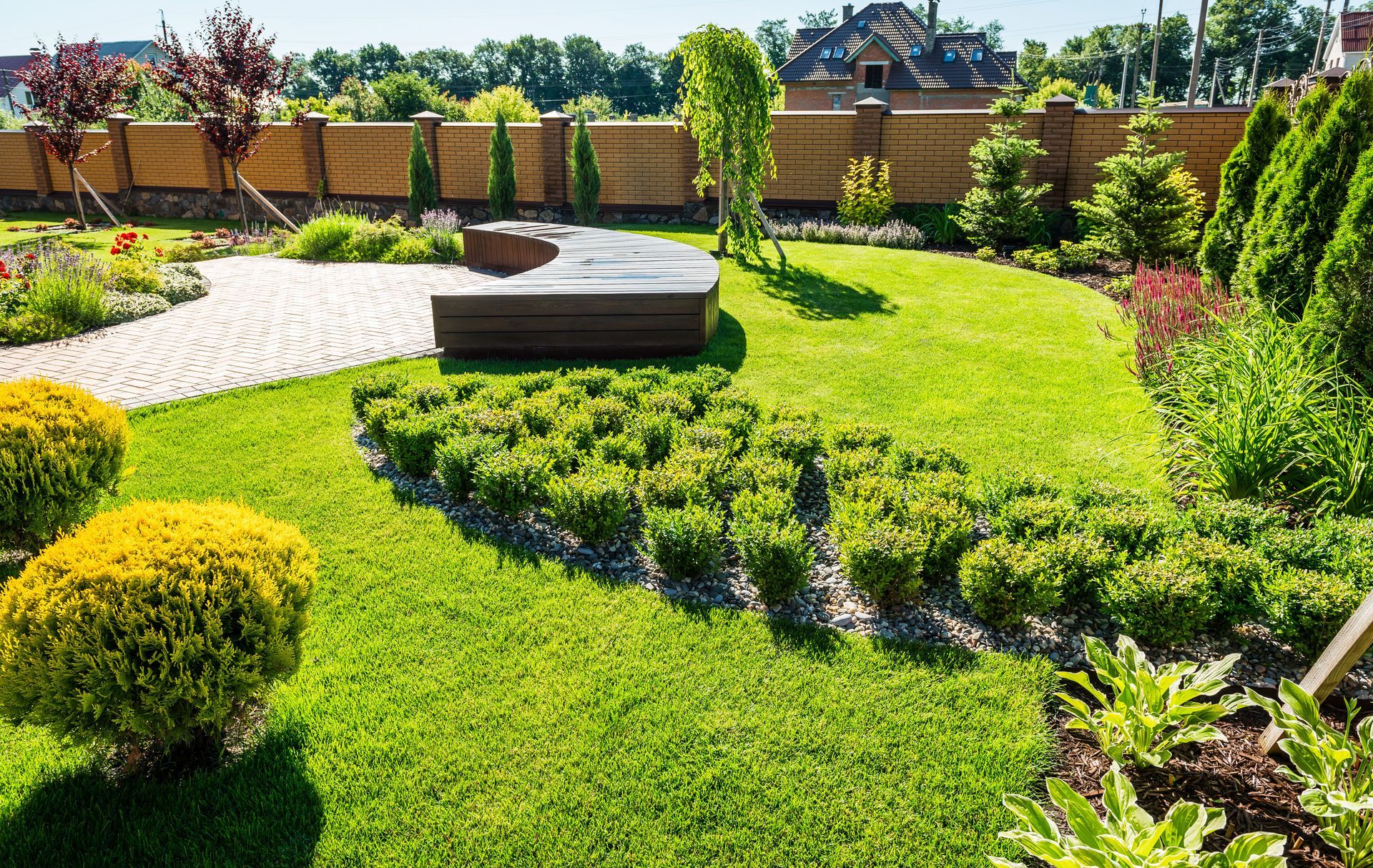
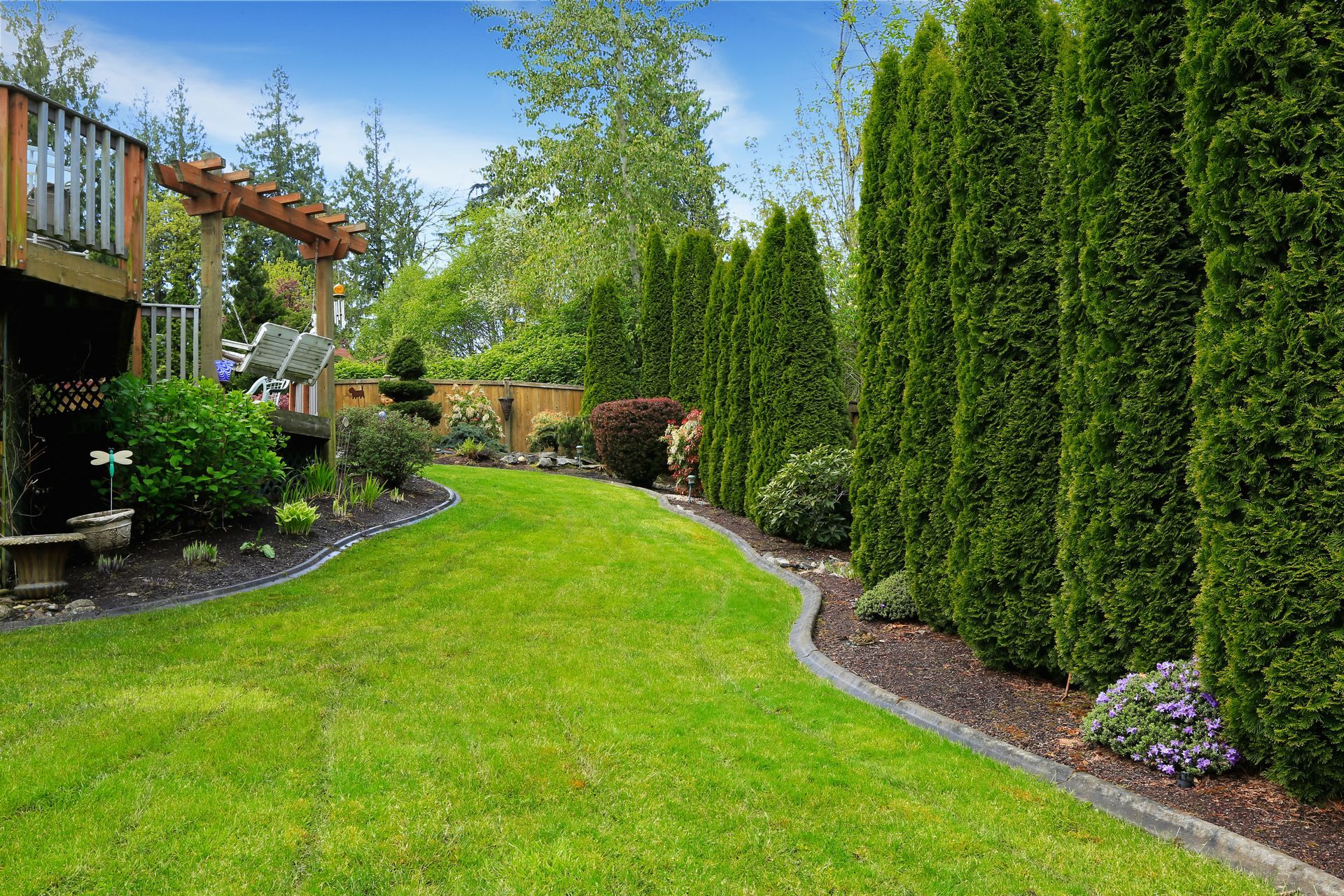
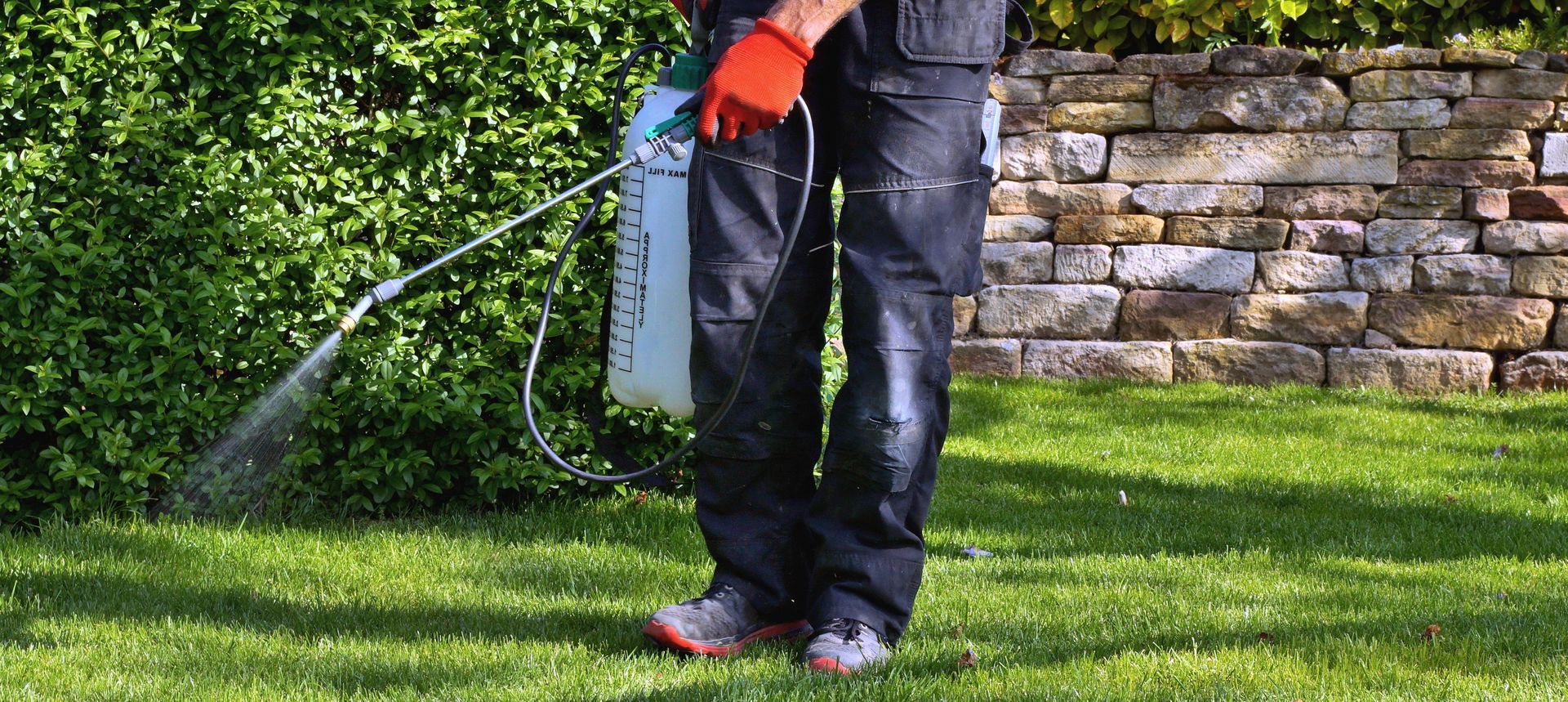
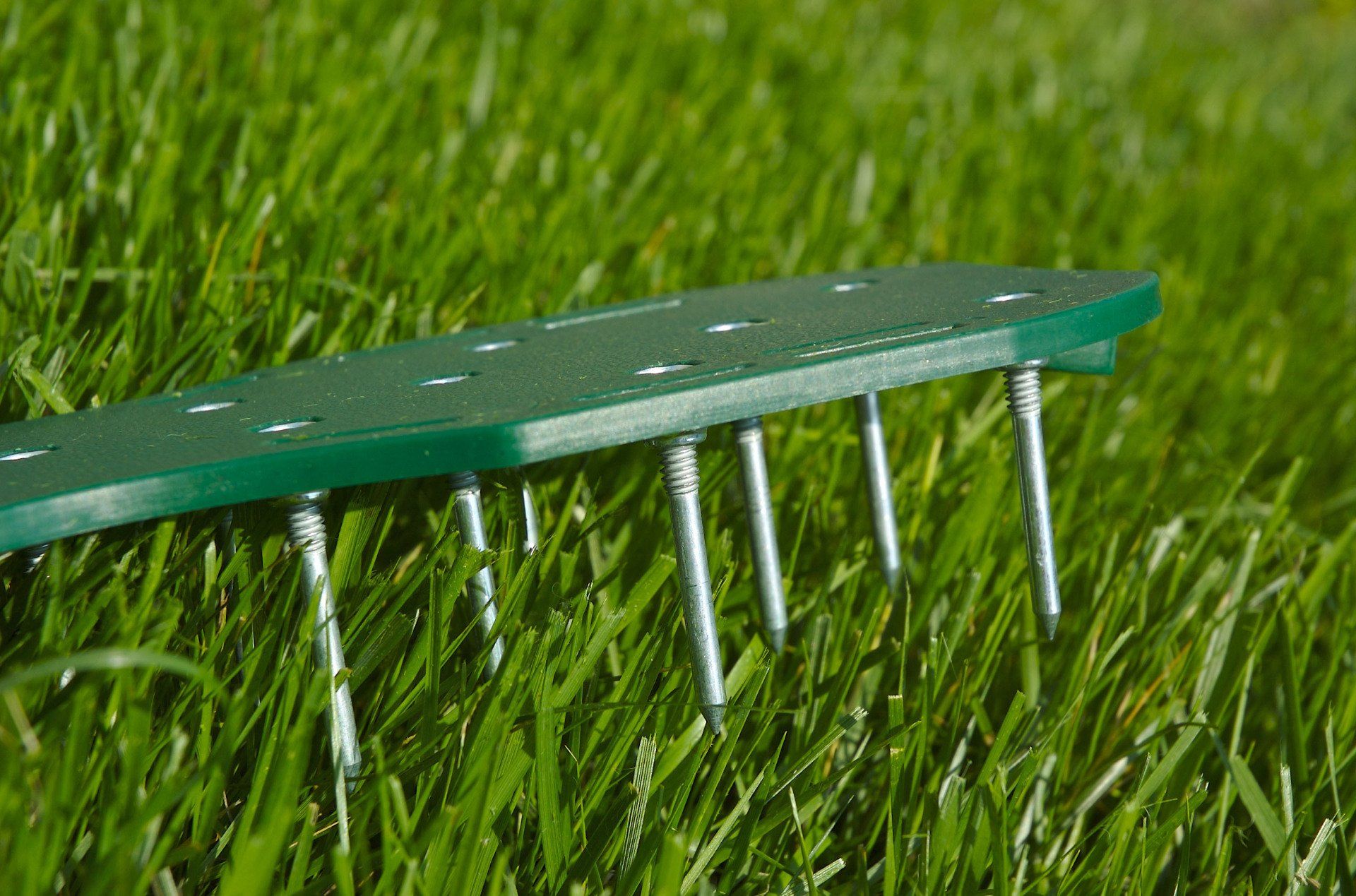
Share On: